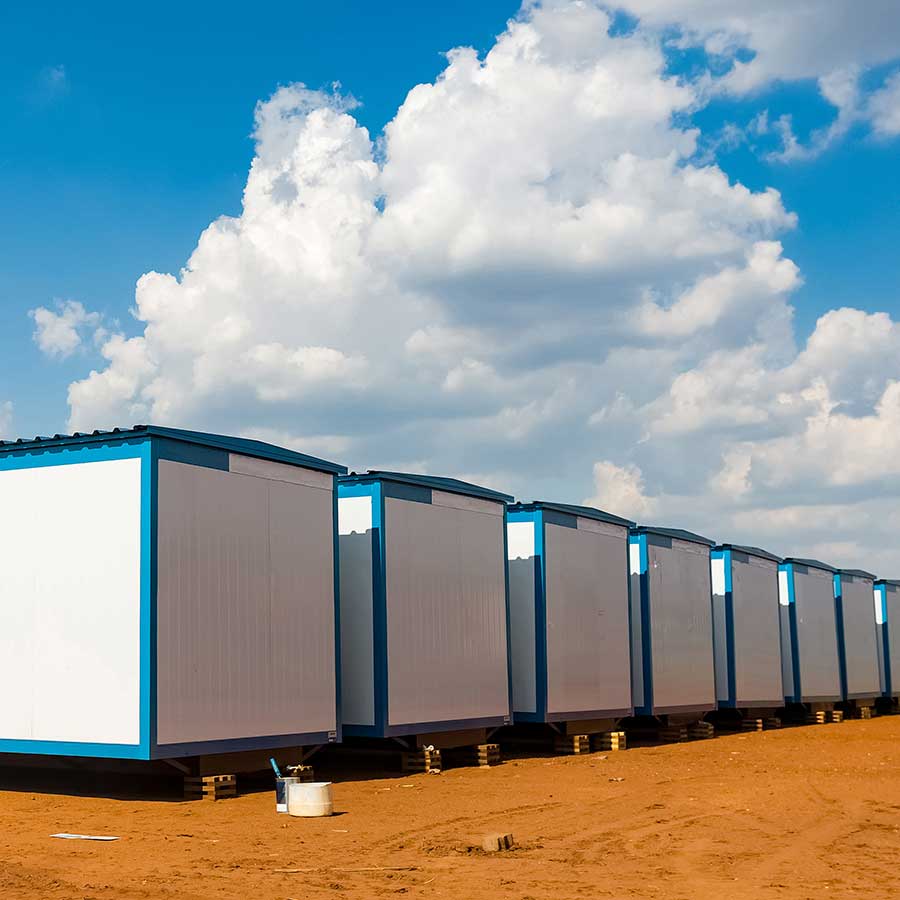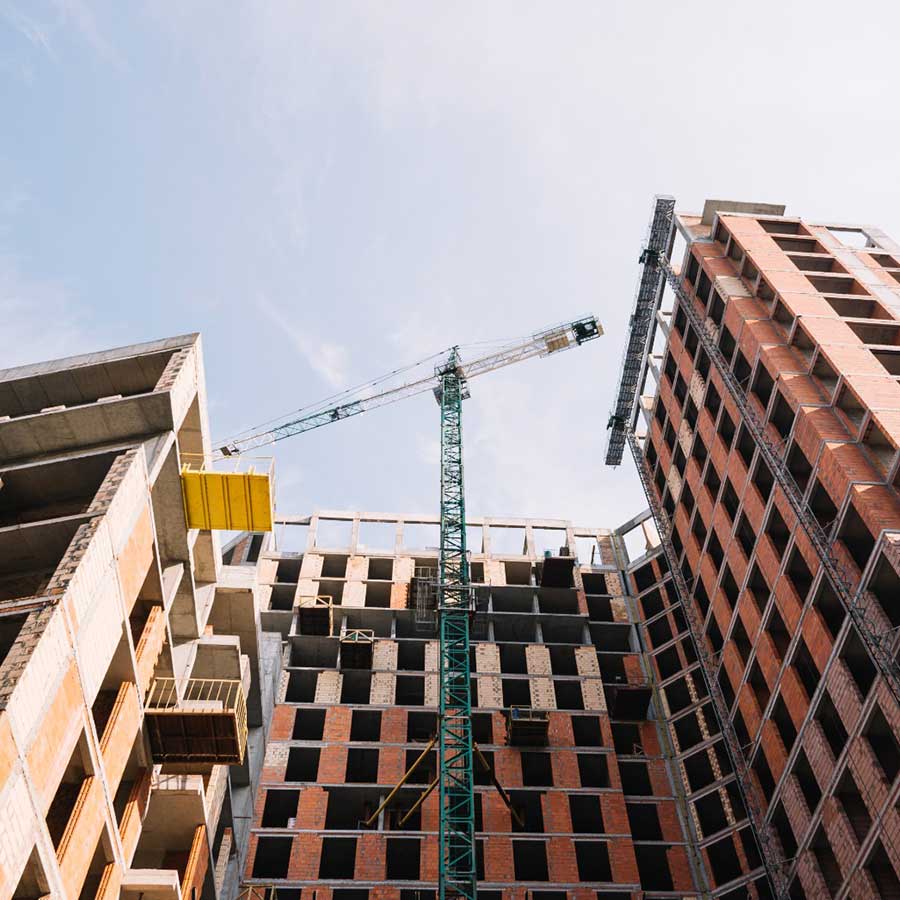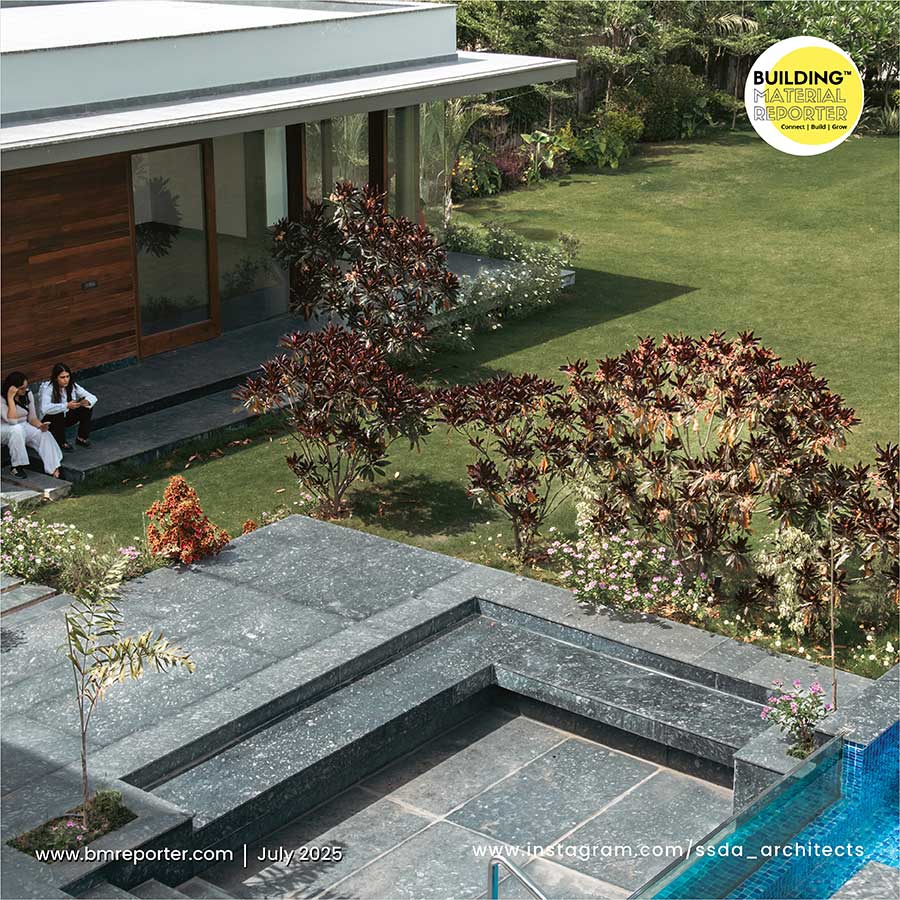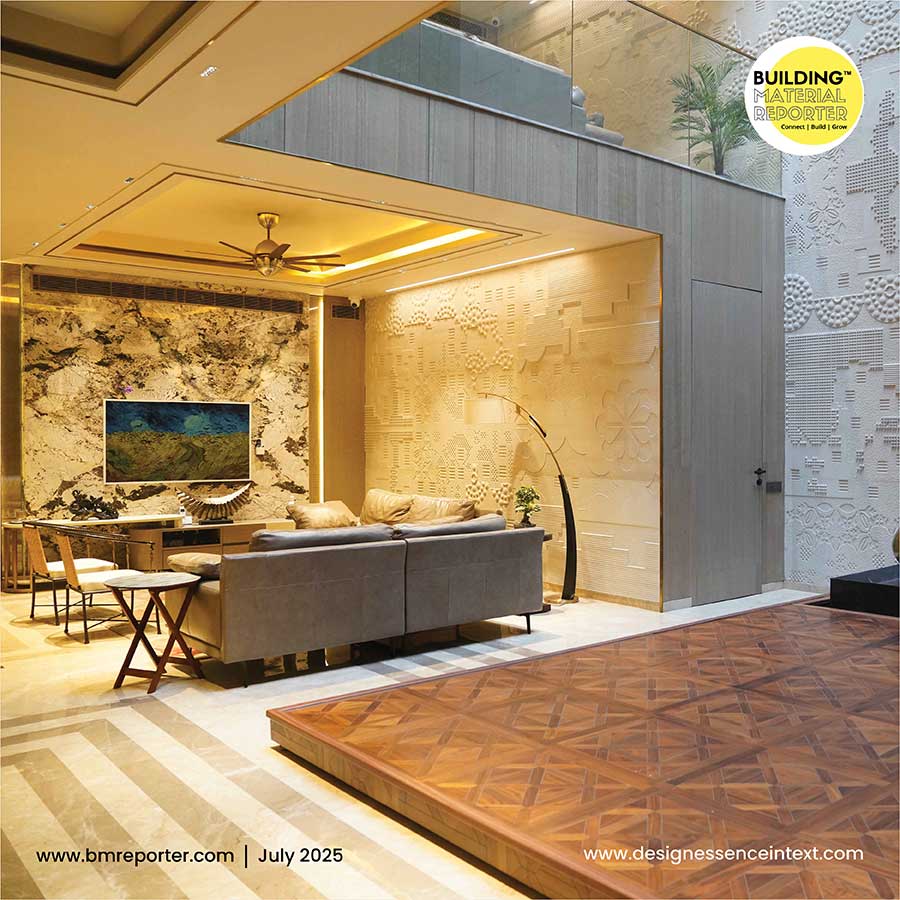BIM for Facility Management: A Comprehensive Guide for AEC Industry
- November 7, 2024
- By: Ar. Priyanshi Shah
- INFLUENCERS
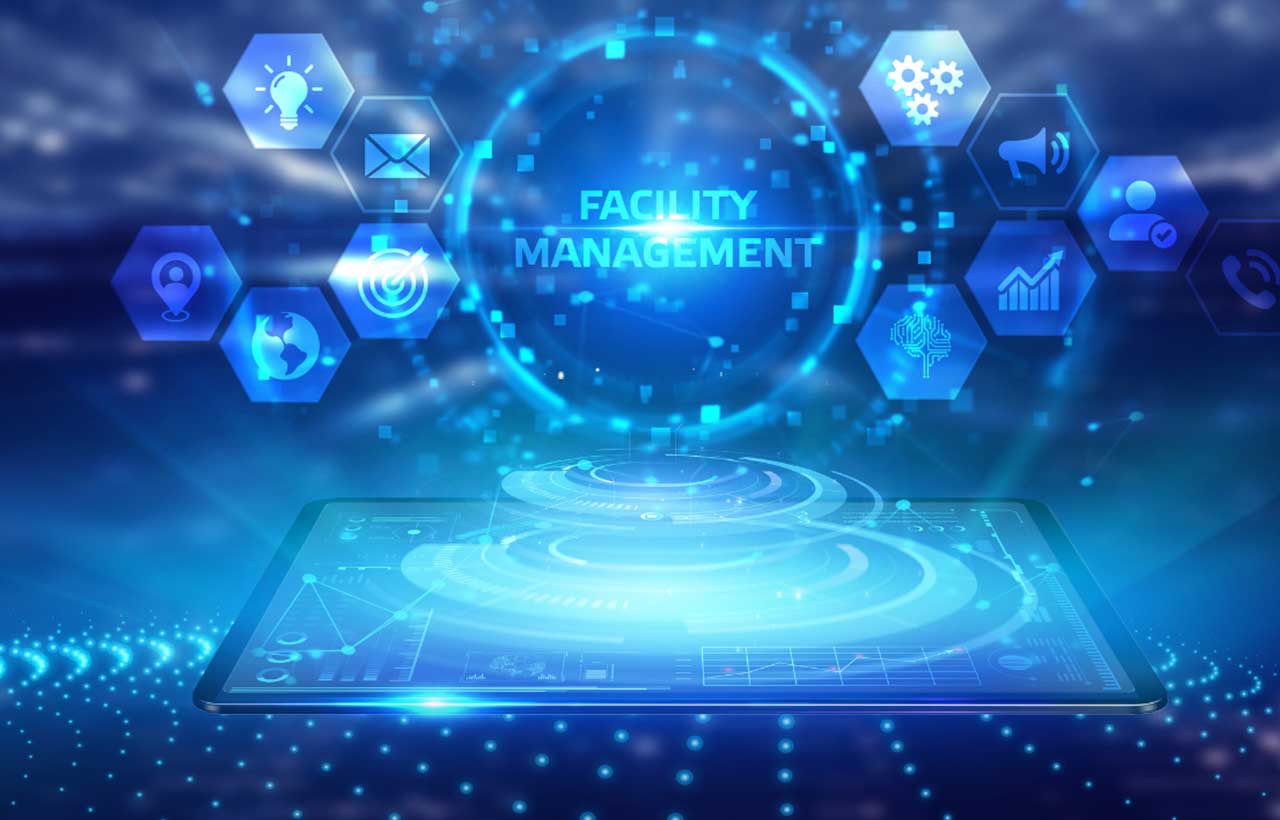 Entering the structure, one might notice the temperature, comfort, services or safety. It’s called Building Information Modeling (BIM), a detailed system that supports professionals and users to collaborate for energy-efficient construction and facility management for the AEC industry. Changes are rapidly evolving in the construction industry with technological advancements, smart building features and sustainable approaches to designs. The global construction industries are reshaping the skyline of the structure, incorporating advanced and intelligent alternatives for building design. Let's dive into facility management that maintains, supports and enhances the services of the building. In this Building Material Reporter blog, we will together explore the meaning, challenges, and future scope of BIM for Facility Management in the AEC industry.
Entering the structure, one might notice the temperature, comfort, services or safety. It’s called Building Information Modeling (BIM), a detailed system that supports professionals and users to collaborate for energy-efficient construction and facility management for the AEC industry. Changes are rapidly evolving in the construction industry with technological advancements, smart building features and sustainable approaches to designs. The global construction industries are reshaping the skyline of the structure, incorporating advanced and intelligent alternatives for building design. Let's dive into facility management that maintains, supports and enhances the services of the building. In this Building Material Reporter blog, we will together explore the meaning, challenges, and future scope of BIM for Facility Management in the AEC industry.
What is BIM?
Before we explore the AEC industry, let's have a look at the advantages of BIM in construction. Building Information modeling (BIM) is an advanced technology that saves time and money, it assists in the planning, construction and execution of the structure with minimal struggle and control. It is an intelligent and smart strategy that holds the information of services, MEP and architectural concepts with detailed execution impacting the AEC sector. Building Information modeling (BIM) is one of the progressive methods transforming the construction industry standpoint. BIM for Facility Management deals with utility challenges, cost efficiency, and maintenance of documents and financial papers.
Overview of Facility Management Challenges and BIM’s Role in Overcoming Them
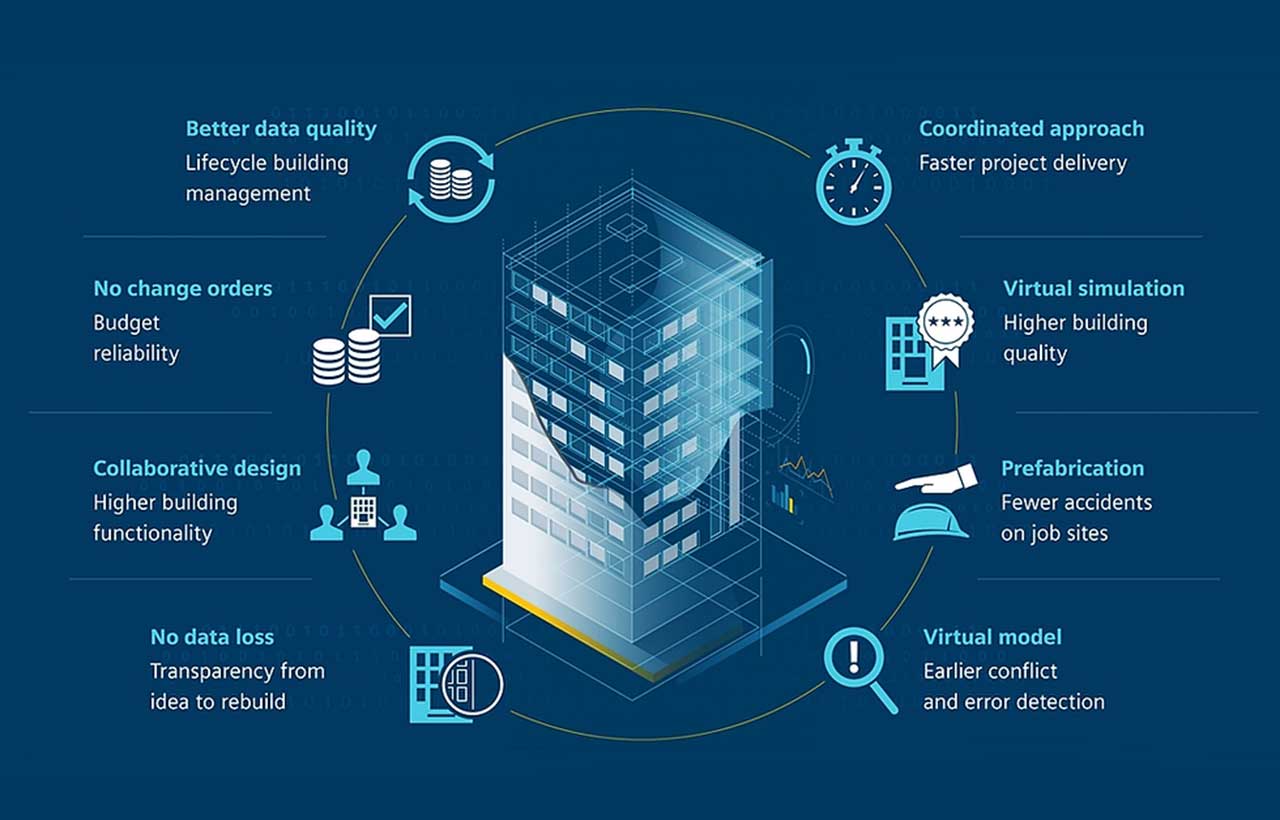
Data Inquiry and Accessibility
- Challenge- The information stored in facility management is usually scattered and outdated varying across multiple platforms which makes it difficult for decision-making.
- BIM Solution- BIM has a single database with all the information from material to financial records stored and easily accessible for quick decisions.
Maintenance
- Challenge- When procedures are not updated, the tools are not useful making it difficult to maintain.
- BIM Solution- BIM provides a maintenance sheet that can alert one if any major supervision is required for the structure.
Storage Facility
- Challenge- As the facility management stores data in multiple platforms, acquiring precise data and optimising it in a given time seems difficult.
- BIM Solution- BIM records and tracks the spaces, users and services. It collects the essentials and improves functionality through a single data record.
Communication and Collaboration
- Challenge - Facility management has poor collaboration and communication skills with other teams and it can lead to delays in construction
- BIM Solution - BIM has a sharing feature that enables all stakeholders to freely communicate and enhance the building design collaboratively
How BIM’s Digital Twin Capabilities Provide a Comprehensive Database for FM
BIM’s digital twin capabilities provide a data-driven dynamic replica of the building blending facility management through a profound database of real-time building life cycles. The features of updating the latest data across the building systems create BIM’s digital twin reliability as an integrated model. It efficiently maintains and monitors the data eliminating unnecessary data silos.
IoT Sensors help to track building performance and reduce unexpected failure over the period. It also stimulates energy use, management and resource consumption for high performance of the structure, supporting and achieving the goals of HVAC and MEP services to sustain design. Digital twins allow virtual monitoring and enhance safety measures in case of emergency. It simplifies collaboration and helps different agencies to work together.
Benefits of BIM for Scheduling Maintenance, Asset Tracking, and Resource Management
- BIM models provide precise documentation, accurate specifications, and details regarding location and assets. The comprehensive documentation helps the manager to access updated information for better planning services.
- Advanced analytic algorithms and machine learning of BIM create a path for definitive maintenance strategies. It can analyse previous data, patterns and environmental strategies that can be implemented to minimize troubles.
- BIM models explore interactive 3D visualizations of assets, evaluating activities and the impact of modifications.
- It can generate alerts and alarms for routine checks and schedule the flow of work on manual tracking of the building.
- By implementing sustainability goals, Facility managers determine the ultimate efficiency of the structure and record resource usage and cost savings strategies.
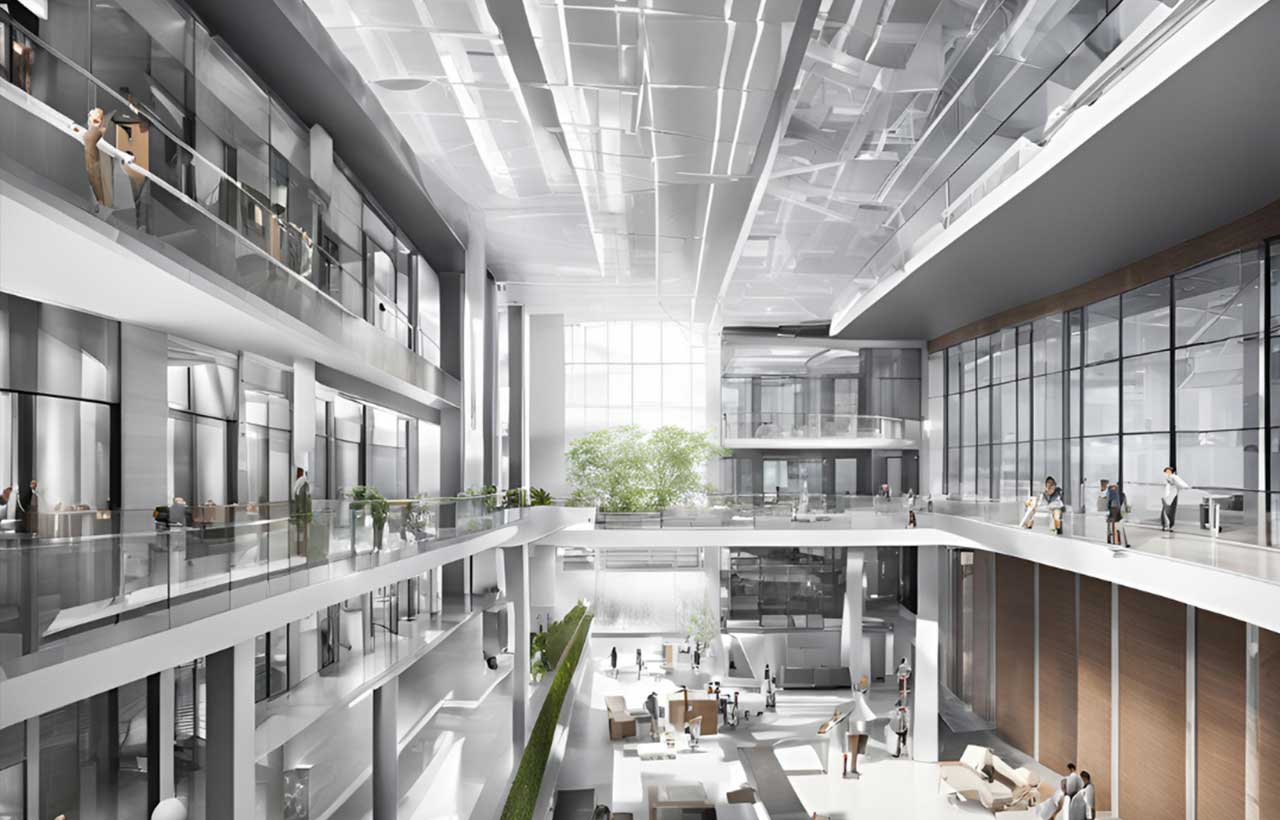
How BIM Enables Predictive Maintenance and Efficient Resource Allocation
BIM has advanced features of real-time data status of the structure with the integration of smart systems allowing proper and predictive maintenance of HVAC, MEP and other services. By analyzing those data, it can generate an automated alert for maintenance or failure issues for emergency repairs, reducing costs.
To optimize resources, BIM's elaborate energy modeling abilities help facility management to monitor and identify overused resources or encourage different scenarios to reduce waste for sustainable development. It supports the efficient resource allocation of extra parts of the structure or materials with its extensive data. It helps stakeholders to optimize the budget-friendly design and enhance the building's performance.
Role of Real-Time Data Access and Reporting for FM Professionals
- Efficiency - Real-time data access helps Facility Management professionals respond to the major issues immediately. If the HVAC malfunction shows an alert faster actions can be taken to reduce major failure. With updated maintenance sheets, the team can identify the problems and avoid the total failure of the system.
- Safety - It provides updates on key performance indicators (KPIs) like energy efficiency, occupancy rates, or maintenance costs reducing administrative workloads. It can be tracked for safety and environmental standards.
- Cost Saving - Real-time data access can predict the patterns and adjustments which can help the facility management team to reduce costs and support holistic and conscious design principles.
- Future Plan - Researching old data and analyzing them can assist in tracking maintenance costs and resources for future needs and planning for space utilization to improve comfort and functionality that will enhance the experience of the users.
How BIM Enhances FM Processes and Supports sustainable Operations in AEC Projects
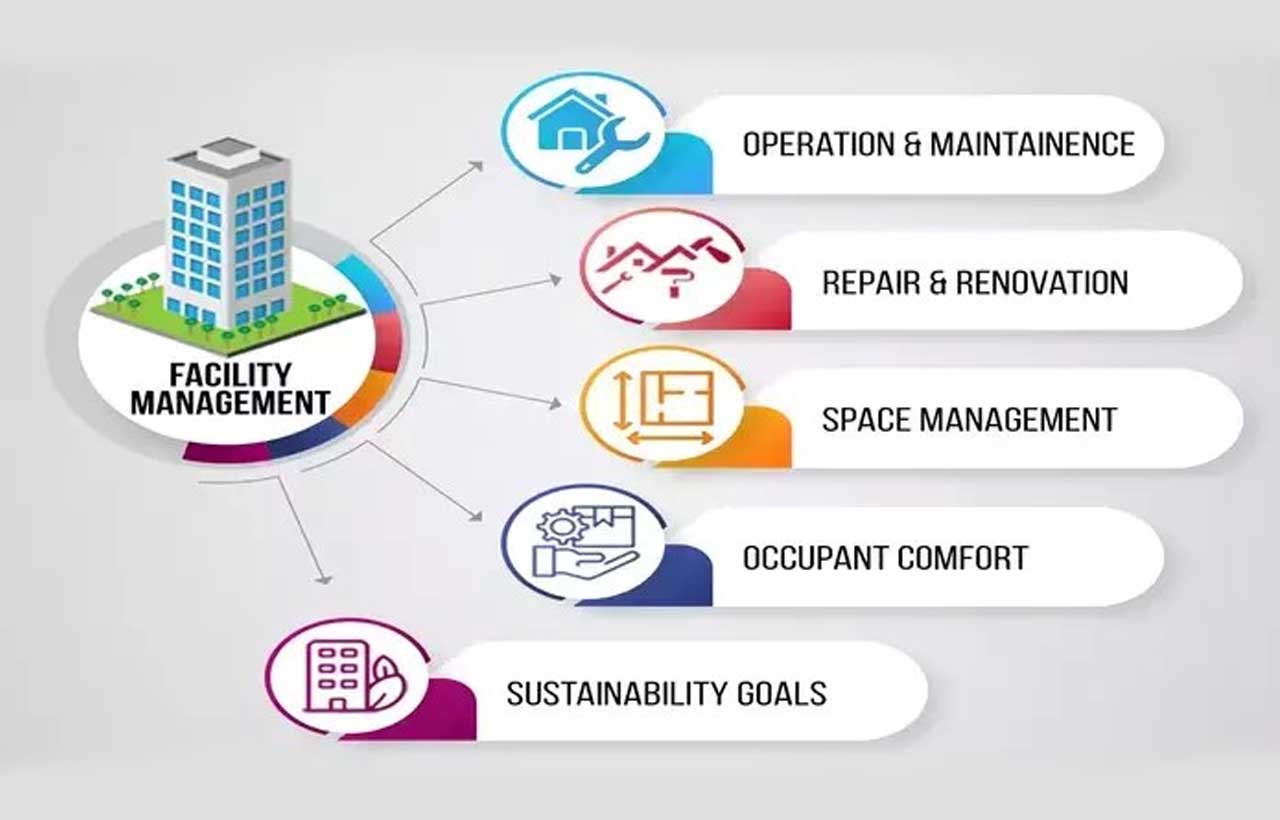
- Information Bank - BIM acts as the central system with all the information from building planning, availability of resources, and services to optimization of each sector in a detailed manner. This helps the facility management team access it, follow it and make decisions for repairs or maintenance easily.
- Smart Integration - BIM integrates sensors or smart systems that can track the real-time performance of the building to resolve the issues before they escalate.
- Sustainability Measures - BIM monitors resource efficiency, and lifecycle and reduces energy consumption to support sustainable goals. It can track water usage, and waste resources and develop plans to implement measures for energy efficiency.
- Eco-Friendly Materials - With technological advancement, BIM helps to track the lifecycle of the materials - their environmental impact, durability, challenges and repairs if required for eco-friendly buildings.
- Comfort - With a detailed study of spaces and users, BIM helps to create a holistic layout considering the user’s comfort and reduces unused spaces or wastage of materials. Proper light and ventilation with defined temperature help to create an environment that is peaceful and energy-efficient.
- Green Building Codes - Extensive data from BIM on assets, maintenance and usage patterns can help the facility management team for greener buildings following the bylaws of the city. It supports green building standards like LEED and BREEAM for following sustainable approaches and reducing pollution.
Conclusion
BIM is the bank of information that helps the facility management team handle challenges, precise use of resources and digital information about building performance. It is a manual for understanding minute details in plans, construction and execution that is changing the architecture and construction fraternity concepts by enhancing the systems and management through collaboration, cost-effectiveness and quality over quantity notions for sustainable development. The facility management team coordinates with people and technology by integrating sustainability, safety and efficacy of the built form.
Frequently Asked Questions (FAQs)
What is BIM for Facility Management?
The new era of digitally developed Building Information Modeling(BIM) for Facility management is to enhance the building operations and maintenance facilities of construction. It helps to keep detailed information, maintenance schedules and up-to-date information for better performance and operations.
How does BIM improve facility management?
BIM has access to the data and information which can be shared with facility managers, technicians and stakeholders. Streamline production helps to maintain records and history saving time. Facility Managers walk through the space in 3D and utilize each corner as changes are needed. It analyses and models the structure with all the latest information and implements sustainable features for optimal performance.
What are the benefits of using BIM in the AEC industry?
With the vision of collaboration, different teams can work together and resolve design conflicts. With 3D model accuracy, a unified design creates creative and quality outcomes. It reduces redoing and repetitive work saving time and improves project costs and timelines.


